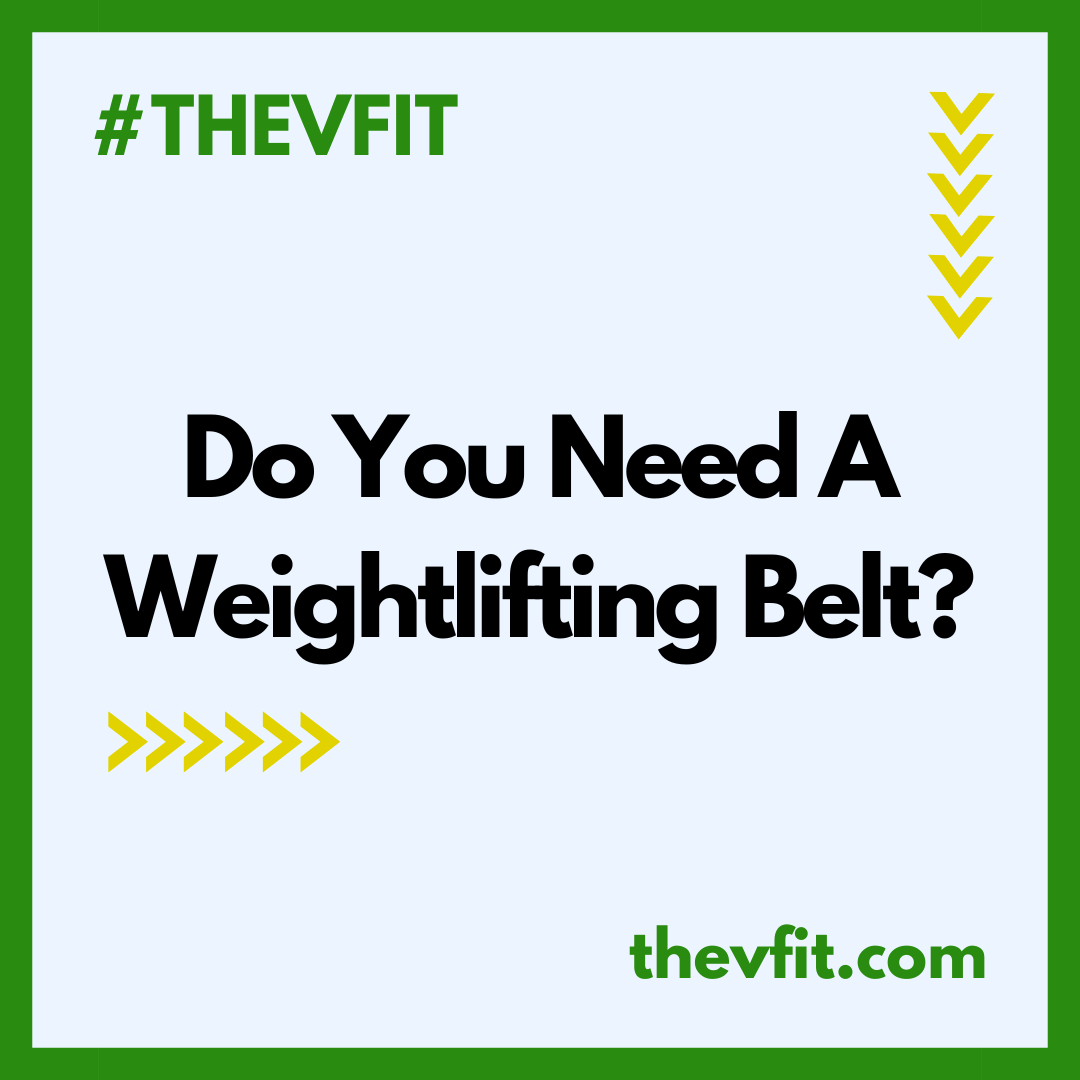Do You Need A Lifting Belt?
If you’ve been in a weightlifting gym at any point, you may have noticed some lifters wearing tight belts when performing their lifts. Weightlifting belts are a common sight in many CrossFit gyms and for a good reason. These belts are designed to provide support, promote good form, and increase performance during heavy lifts. While not everyone may need a weightlifting belt, understanding their purpose and how to use them can be beneficial for CrossFitters of all levels. Here’s why it’s essential to consider using a weightlifting belt the next time you hit the gym.
Why Weightlifting Belts Matter
Core support. When you hear the word “core”, most people immediately think of abs. However, your core also includes many other muscles such as your lower back and spinal muscles, hip flexors, pelvic floor, and even glutes. Weightlifting belts help provide extra support to your core during heavy lifts. They work by increasing intra-abdominal pressure (IAP), creating a more rigid and stable torso while also giving your core a “wall” to push against during your lifts. Most importantly, this added support can help protect the spine and potentially prevent injuries.
So, Like A Back Brace?
Well, not exactly. Typically a braces function is to lock a specific joint in place to keep it from shifting while performing physical activity. Unlike a brace, a belt doesn’t lock in any specific joint. When used correctly, you should still be flexible and able to move freely. This is why you can still easily perform exercises like Cleans and Deadlifts with a belt on.
So I Can Just Pull It Tight For More Support?
No. The support comes from breathing into your belt. Take squat as an example. Normally you would take a breath right before you drop down, then begin breathing out on the way up. With the belt on, you want to still take a deep breath into your belly. Instead of your belly just rising until it’s full, it pushes against the belt as the belt pushes back. At this point, you’ve created that intra-abdominal pressure we talked about earlier. You’ll drop into your squat while continuing to push against the belt for support and breathe out as normal on the way back up. So, while you don’t want your belt to be too loose because you won’t be creating enough pressure for support, you also don’t need to make it too tight to where you can’t breathe. A great rule of thumb is you should be able to stick your finger between your stomach and your belt once you’ve exhaled. If not, you might be wearing your belt too tight, and you’re not gaining any extra benefit from doing so. This also comes down to sizing and overall fit as well
How Do I Choose A Belt?
For one, belts come in different sizes based on your waist. A belt that’s too small or big won’t function properly, but normally a poorly fitted belt won’t even close properly so you should be able to tell. But, there are also different materials and widths based on your needs. Materials like nylon, mesh, and cloth are going to be more flexible and can provide light support while being the least restrictive. These can be great for people just getting into belts because they are much more comfortable if you’re new to the feeling of a belt. It’s also perfect for learning how to properly create IAP and can be great for light weightlifting and metcons where there is some lifting mixed with other movements. Then there are leather belts which vary in thickness. The thicker the belt, the more resistance you’ll feel when breathing into it. This makes leather belts a great option for heavy lifts, but they are more restrictive, so not always the best option during metcons.
The most important thing to remember is that weightlifting belts are a great tool in CrossFit, but not a substitute for properly building your core. You should be constantly working to strengthen the core and other supporting muscles and look to use your belt only in situations where one is needed. Also, focusing on how to properly use your belt can make a huge difference, so be sure you’re doing it correctly. There’s a belt out there for everyone, so if you’re wondering if you should be using one, try a few on and see if you like them, and make sure to try different types as well. And always stay safe when lifting!
If you have any questions on belts, bracing while lifting, or different belt recommendations, ask your coach or message us what you’re thinking. We would love to help!

